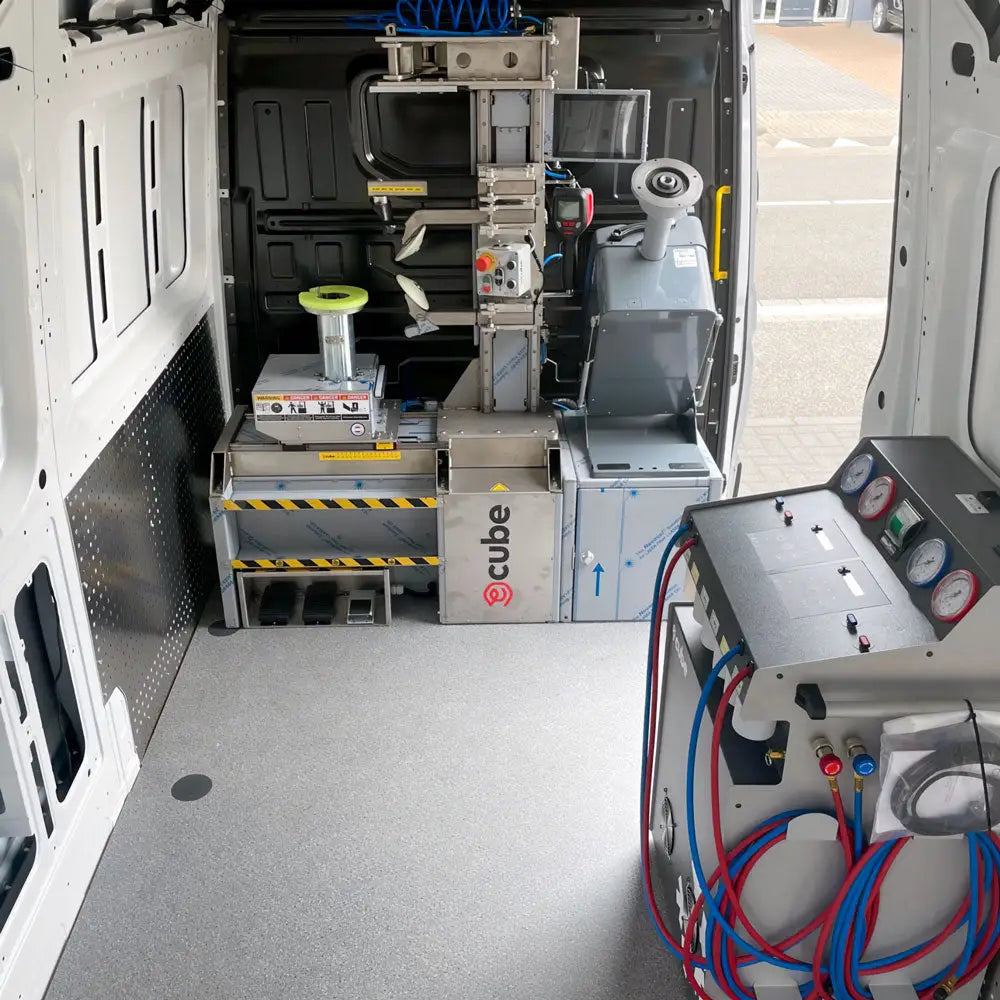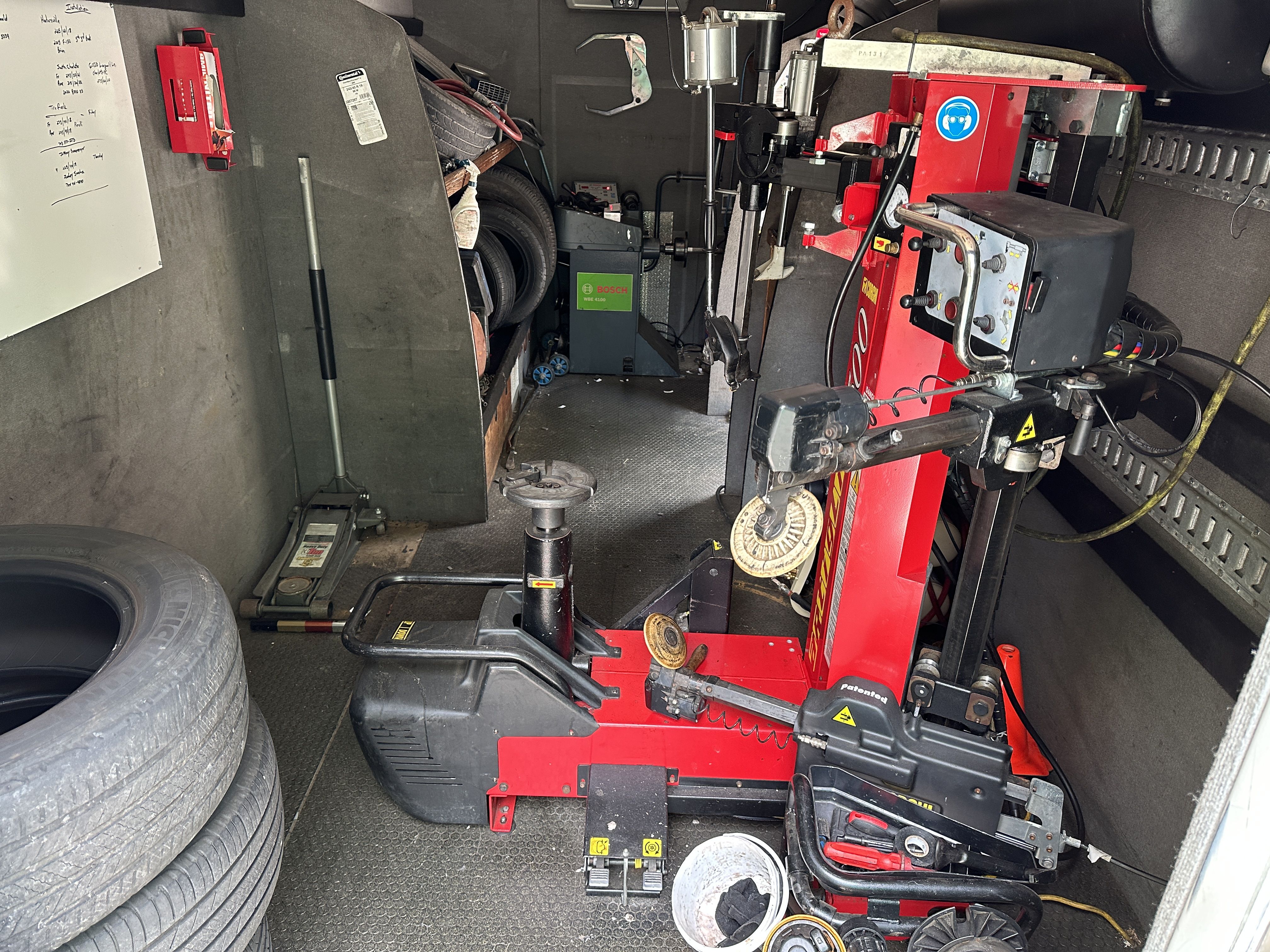Relied On Mobile Tire Service Las Vegas - On-Time Solutions
Relied On Mobile Tire Service Las Vegas - On-Time Solutions
Blog Article
Tire Service: Proven Techniques for Optimum Tire Upkeep and Treatment
From ensuring correct tire stress to regular turning and positioning, there are tested methods that can significantly extend the life-span of your tires and boost overall driving experience. Allow's dig into the world of tire service and find the tricks to maintaining your tires in excellent shape for the lengthy haul - Mobile Tire Service Las Vegas.
Significance of Tire Pressure
Proper tire pressure is a crucial consider making sure ideal lorry efficiency and safety and security when driving. Maintaining the advised tire pressure degrees provided by the maker offers many advantages. To start with, sufficient tire stress promotes much better gas efficiency, as under-inflated tires can cause raised rolling resistance, triggering the engine to function more difficult and eat even more gas. Appropriate tire pressure guarantees even step wear, enhancing tire longevity and conserving cash in the long run by postponing the requirement for premature replacements. Additionally, correctly pumped up tires add to boosted handling and braking capabilities, critical for risk-free driving in various roadway problems. Over-inflated tires, on the various other hand, can lead to minimized traction and a harsher trip. Conversely, under-inflated tires are vulnerable to overheating, which can bring about crashes and blowouts. On a regular basis inspecting and changing tire stress, specifically in the past long trips, is a straightforward yet reliable means to improve vehicle efficiency, expand tire lifespan, and prioritize security when driving.
Tire Turning Guidelines
When taking into consideration tire rotation standards, it is necessary to recognize the importance of this maintenance job in taking full advantage of tire life expectancy and preserving optimum vehicle performance. Tire rotation includes altering the setting of each tire on a car to make certain also tread wear. Front tires have a tendency to put on quicker than back tires due to guiding pressures, making routine rotation essential for balanced wear patterns. The suggested turning pattern differs depending upon whether a car is front-wheel, rear-wheel, all-wheel, or 4x4. Normally, tires need to be turned every 5,000 to 7,500 miles, or as recommended in the automobile handbook. Disregarding tire rotation can bring about uneven wear, affecting handling, grip, and potentially compromising vehicle safety and security. By sticking to proper turning standards, chauffeurs can extend the life of their tires, boost fuel efficiency, and boost overall driving experience. Routine rotation is a straightforward yet efficient maintenance technique that contributes considerably to tire long life and automobile performance.

Benefits of Wheel Placement
Making certain proper wheel positioning after tire turning is essential for keeping well balanced wear patterns and taking full advantage of automobile efficiency. Wheel alignment refers to the modification of the angles of the wheels to the supplier's requirements. One of the key advantages of wheel alignment is enhanced guiding and taking care of response. When the wheels are correctly lined up, it minimizes guiding initiative, ensuring a smoother and a lot more regulated driving experience. Furthermore, right wheel placement aids to expand the life-span of your tires. Misaligned wheels can create uneven tire wear, causing early tire substitute and raised maintenance expenses.

Tire Footstep Depth Inspect
Executing a regular assessment of tire tread depth is crucial for preserving safe driving problems and lengthening the lifespan of your tires. The walk on your tires plays a critical role in supplying traction, specifically in unsafe or wet problems. To check your tire step deepness, you can make use of a tread depth gauge or the dime test. The advised tread depth goes to the very least 2/32 of an inch. If the walk deepness is listed below this limit, it is time to change your tires to make certain optimal performance and safety on the road. Irregular walk wear can suggest problems with tire suspension, stress, or placement, highlighting the value of routine tread depth checks. Disregarding to monitor and preserve proper tread deepness can bring about lowered hold, longer braking distances, and a boosted risk of hydroplaning. By integrating tire step deepness check out your routine maintenance schedule, you can drive with self-confidence recognizing that your tires are in leading condition.
Seasonal Tire Evaluation
A comprehensive evaluation of tire problem customized to Read More Here certain weather condition conditions is essential for preserving optimal efficiency and security throughout the year. Seasonal tire evaluation is a fundamental element of tire upkeep that guarantees tires prepare to face the difficulties posed by different climate condition. To prepare for wintertime, it is important to examine the tire pressure regularly as cold temperatures can create tire pressure to drop. Examining tire tread deepness is also essential to make sure adequate traction on snow and ice-covered roadways. In addition, checking for signs of deterioration, such as lumps or fractures, can aid prevent potential tire failures. As the seasons modification, it is necessary to this website analyze tire problem and make any required adjustments to ensure safe driving. By carrying out routine seasonal tire examinations, motorists can lengthen tire lifespan, boost gas effectiveness, and most notably, guarantee a safe driving experience in varying weather condition problems - Mobile Tire Service Las Vegas.
Verdict
In final thought, maintaining correct tire pressure, revolving tires consistently, lining up wheels correctly, checking tread deepness, and carrying out seasonal inspections are necessary practices for optimal tire care. By adhering to these verified techniques, motorists can guarantee their tires last much longer, execute far better, and add to total automobile safety and security. It is essential to prioritize tire maintenance to stop accidents, boost fuel effectiveness, and extend the life expectancy of tires.
Ample tire stress promotes far better fuel performance, as under-inflated tires can lead to enhanced rolling resistance, creating the engine to work harder and eat even more gas.When taking into consideration tire turning guidelines, it is essential to understand the relevance of this maintenance task in making best use of tire life expectancy and keeping optimal car efficiency. Seasonal tire inspection is an essential facet of tire upkeep that makes sure tires are prepared to deal with the obstacles presented by different weather problems. By conducting routine seasonal tire examinations, drivers can extend tire life-span, enhance gas efficiency, and most importantly, make certain a safe driving experience in differing weather problems.
In verdict, preserving appropriate tire pressure, revolving tires frequently, aligning wheels appropriately, monitoring step depth, and performing seasonal evaluations are necessary practices for optimal tire care.
Report this page